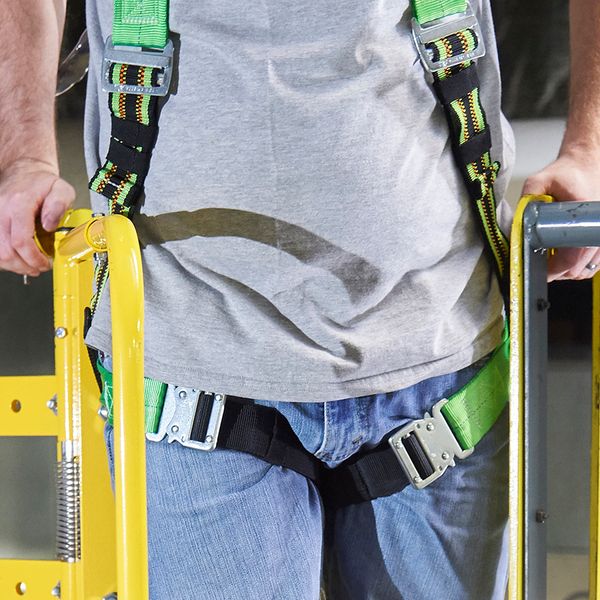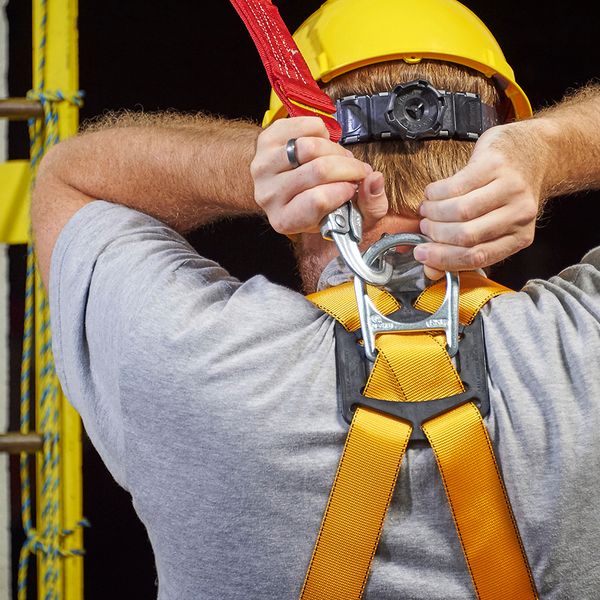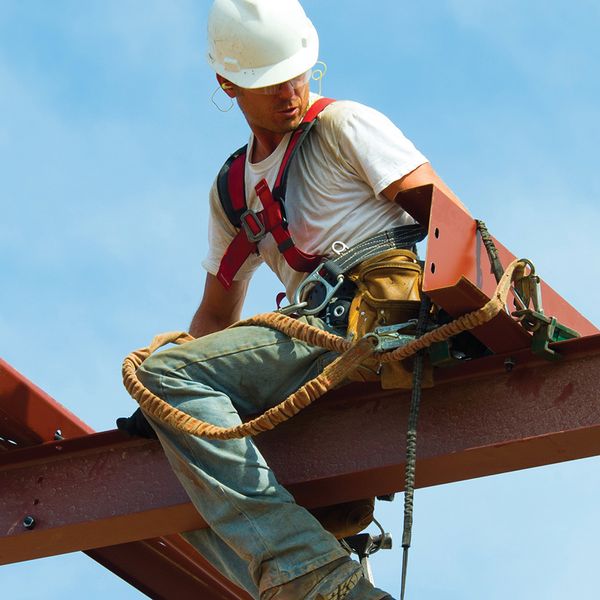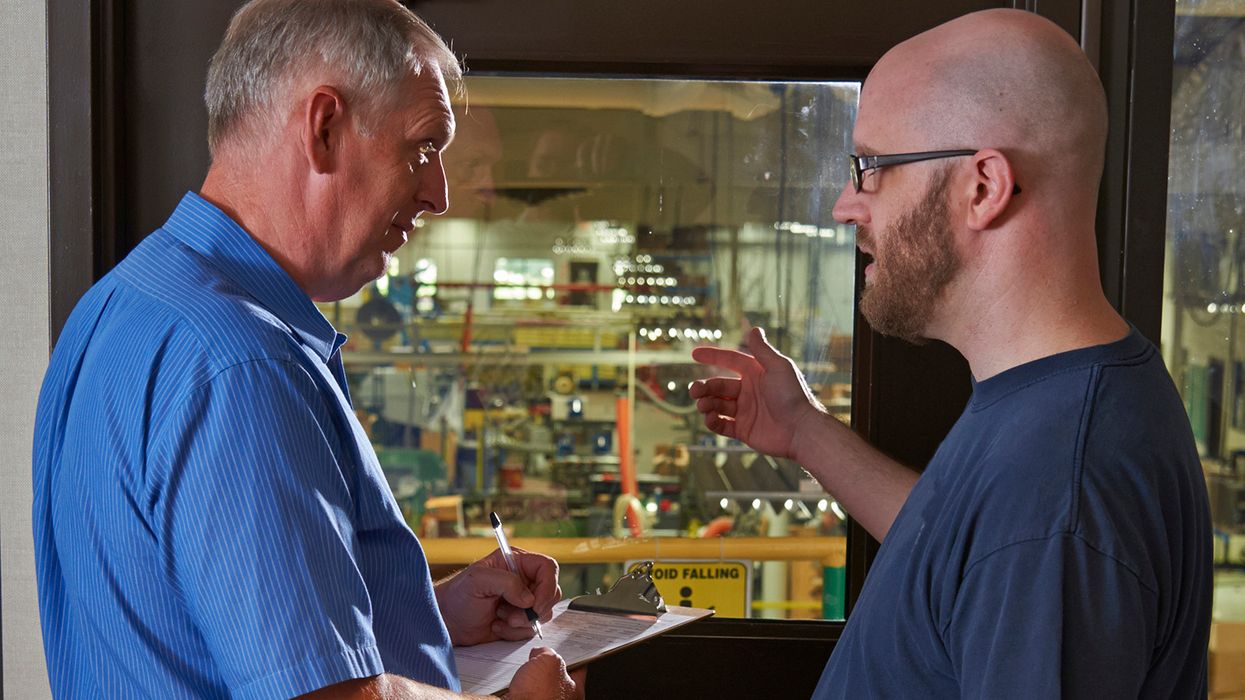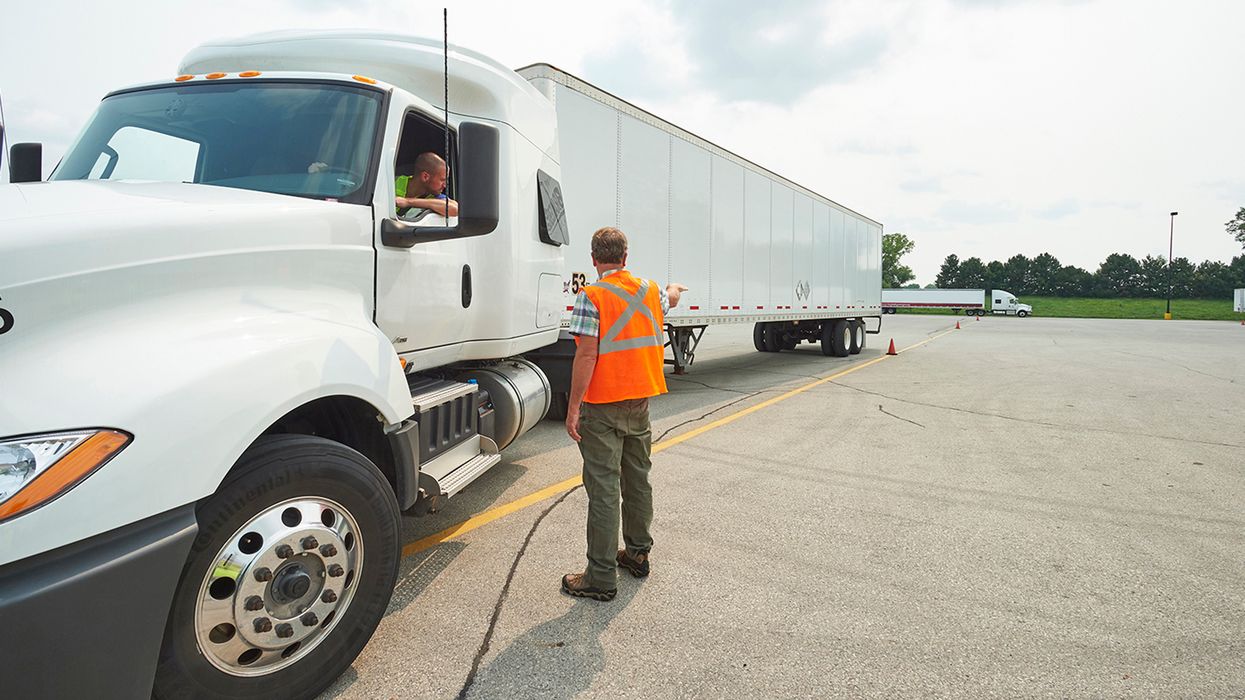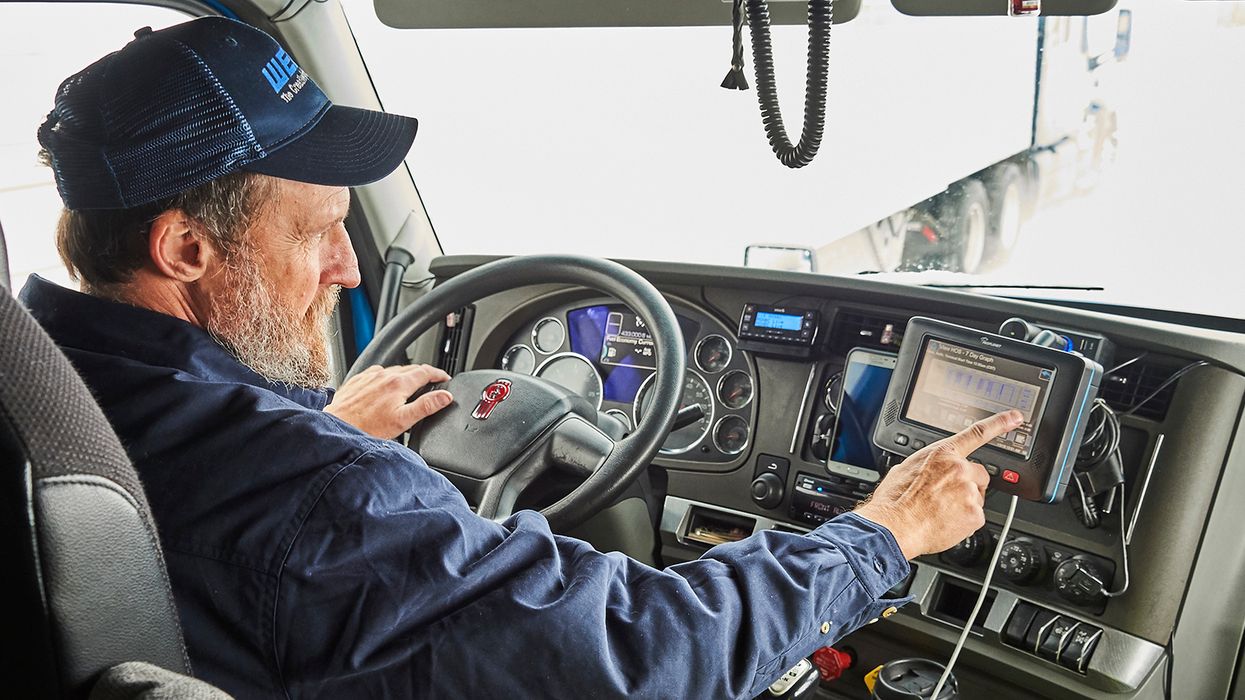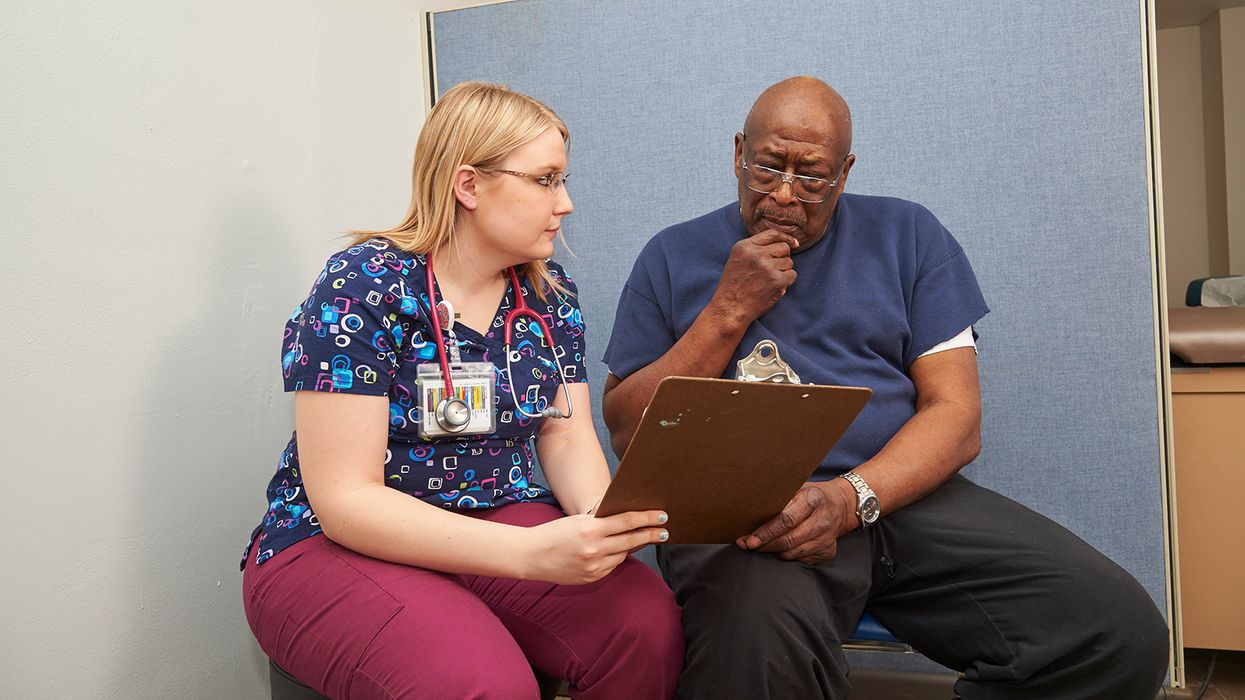Know the devastating, sometimes deadly, effects of suspension trauma before you put on fall protection
A fall can occur in a split second without any time for the worker to react. But even wearing the right fall protection equipment can still result in tragedy. Employers must train workers to recognize the signs and symptoms of orthostatic intolerance, also known as suspension trauma, and plan accordingly.
Understanding suspension trauma
Call 9-1-1 immediately upon knowing that a worker has suffered a fall. Every second a worker remains hanging in suspension increases the risk of suspension trauma. After only five minutes, a suspended worker may begin to show symptoms such as light-headedness, heart palpitations, involuntary muscle contractions, poor concentration, fatigue, nausea, dizziness, headache, sweating, and weakness. Blood can begin to accumulate in the legs due to the pressure of the safety harness leg straps on the veins.
Venous pooling and suspension trauma can be exacerbated by other factors that include:
- Inability to move legs,
- Pain and injuries during fall,
- Fatigue and dehydration,
- Hypothermia and shock,
- Cardiovascular and/or respiratory disease, and
- Blood loss.
Any suspension lasting longer than thirty minutes may put the worker at an increased risk of suffering a serious or fatal injury, as the brain, kidneys, and other organs are deprived of oxygen and begin to shut down.
Rescuers must be aware that if a victim is moved to a horizontal position too quickly, post-rescue death may occur. Moving a worker too quickly to the ground could allow a large amount of used, deoxygenated blood to go to the heart, leading to cardiac arrest. Rescuers need to be knowledgeable of first aid techniques to avoid suspension trauma.
| Curious to learn more about first aid requirements? Check out our Medical Services and First Aid ezExplanation. |
Employers must train their workers to use fall arrest systems and other personal protective equipment (PPE) in accordance with 29 CFR 1910 Subpart I and 29 CFR 1926 Subpart M.
For those workers that may be asked to perform rescue activities (including self-rescue), they should be trained in:
- How to determine whether their PPE fits properly and will perform as intended;
- How suspension trauma may occur;
- How certain factors may increase a worker’s risk;
- How to recognize the signs and symptoms of suspension trauma; and
- How to implement rescue procedures to diminish risk while suspended.
Initiating a rescue plan
A written rescue plan describes how to perform rescue under specific locations or circumstances. The plan can address:
- Self-rescue,
- Assisted rescue, or
- Professional/technical rescue.
Self-rescue
When a worker who fell can climb to an adjacent structure or platform, this is a form of self-rescue. Other options may include using an automatic or user controlled descent system (e.g., self-rescue pack or rescue ladder) to allow the worker to control their own descent.
Often misunderstood, suspension trauma straps are not a form of self-rescue, but rather a means of delaying the negative effects of venous pooling in the legs while awaiting rescue. Pumping of the legs can also alleviate pressure, provide support, and delay symptoms.
Assisted rescue
When the worker must be rescued by others, the rescuer will use a controlled rescue/descent device allowing for fully automatic controlled descent. Another option includes a rescue pole of varying lengths designed to be used with a rope utility system. For low- and high-angle rescue, and the ability to lift horizontally or vertically, a rescuer may use a rescue stretcher or basket in a variety of applications. Also, a halfback extrication/lift harness can be used for quick extraction of a victim with upper body injuries requiring spinal immobilization.
Professional/technical rescue
When a worker is unable to self-rescue, and any trained in-house workers are unable to perform an assisted rescue, an outside agency (e.g., fire department) is summoned to perform the rescue. It is imperative the employer contact the outside agency in advance to perform a worksite review and understand the agency’s rescue capabilities.
Key to remember: Without a plan in place, suffering a fall while working from heights can lead to devastating results, even when wearing fall protection equipment.





